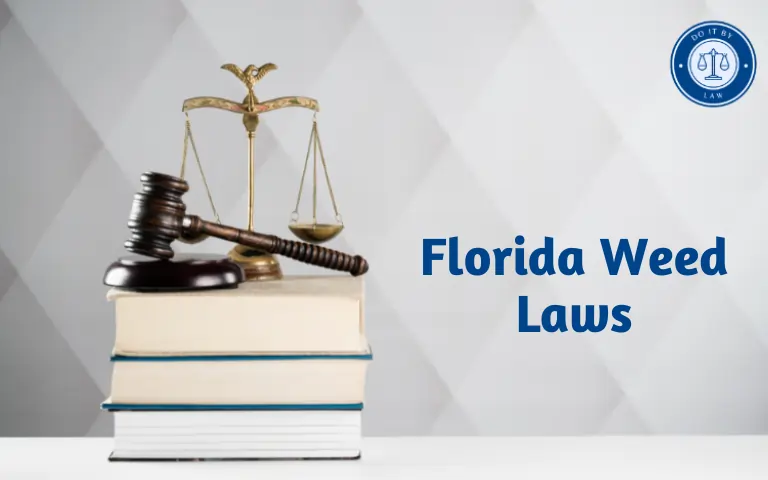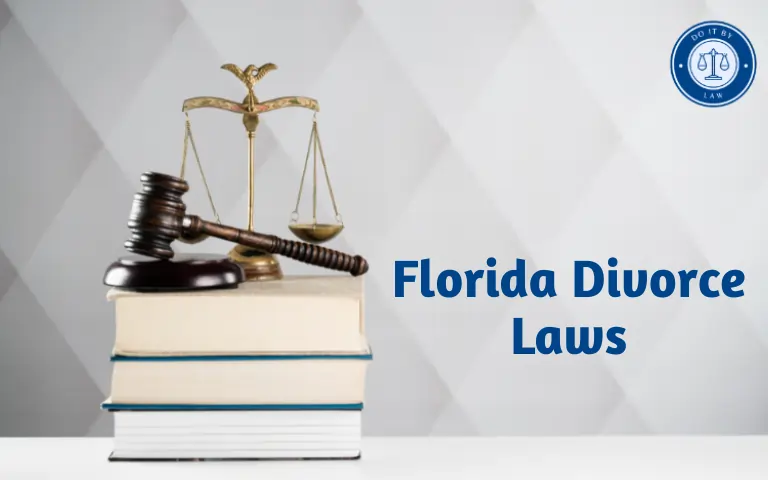Florida Tint Laws: What You Need to Know
Window tinting laws in Florida regulate how dark you can legally tint the windows on your vehicle. This article provides an overview of Florida Tint Laws, including their purpose, what vehicles they apply to, key provisions, penalties, and controversies.
When Were Florida Tint Laws Enacted?
Florida first enacted laws restricting automotive window tinting in 1991 under Section 316.2953 of the Florida Statutes. The law prohibited aftermarket tinting that reduced light transmittance below certain percentages.
It was passed to improve driving safety by ensuring sufficient visibility. Restrictions were tightened in 1996 to further limit legal darkness levels. The regulations have undergone minor changes over the years, but Florida’s laws remain among the strictest tint limits in the U.S.
Who Do Florida Tint Laws Apply To?
In Florida, window tint laws apply to drivers operating any motor vehicle on public roads within the state. This includes:
- Cars: Sedans, coupes, hatchbacks, etc.
- Trucks: Pickup trucks, cargo vans, etc.
- SUVs: Sports Utility Vehicles, crossovers, etc.
- Vans: Passenger vans, minivans, delivery vans, etc.
- Specialty vehicles: In some cases, even motorcycles, golf carts, and limousines can be subject to tint laws, so it’s best to double-check for specific regulations.
Remember, exemptions can exist for certain vehicles like law enforcement cars, medical transport vehicles, and vehicles with special permits. If you’re unsure whether your vehicle falls under the tint laws, consulting with a qualified professional or researching Florida’s specific regulations is crucial.
Here are some additional points to consider:
- Tint laws also apply to all windows of the vehicle, including the windshield, front side windows, back side windows, and rear windows.
- Different tint percentages apply to different types of vehicles and windows. So, a truck might have different legal limits than a car.
- It’s always best to err on the side of caution and choose a tint that complies with the law. Even a slight infraction could lead to a fine or other penalties.
Key Provisions of Florida Tint Laws
Sunshine may be Florida’s middle name, but when it comes to your car windows, darkness has its limits. Here’s a breakdown of the key provisions of Florida’s tint laws to keep you cruising legally:
Shades of Permissible:
- Windshield: Only non-reflective tint is allowed above the manufacturer’s AS-1 line (that tiny strip at the top). Think of it as a tiny visor, not blackout curtains.
- Front Side Windows (driver and passenger): Must transmit more than 28% of light. So, think slightly shaded sunglasses, not blackout masks.
- Back Side Windows (behind driver and passenger):
- Cars: These windows offer more leeway, allowing more than 15% of light transmittance. Imagine lightly tinted sunglasses, not blackout goggles.
- SUVs and Vans: Get ready for some darker shades! These windows can have a tint that transmits more than 6% of light, akin to medium-tinted sunglasses.
- Rear Window: The same rules apply to backside windows in cars and SUVs/vans.
Remember: These are minimum requirements. Anything darker is a no-go zone.
By understanding these key provisions, you can cruise confidently knowing your windows are legally tinted and you’re not living in the shadows of potential penalties. So, get out there and enjoy the Florida sunshine responsibly (and legally)!
Penalties for Violating Florida Tint Laws
Violating Florida’s tint laws is a non-criminal traffic infraction. Penalties include:
Cruising down a sun-drenched Florida road with tinted windows feels cool, literally and figuratively. But before you crank up the darkness, heed the Sunshine State’s tint laws, because exceeding the legal limit can land you in some hot water (pun intended!). Let’s explore the penalties for violating these regulations:
First Offense: A Tap on the Tinted Shoulder:
- Non-criminal traffic infraction: While not a crime, it serves as a warning shot.
- Fine: Expect a fine around $100, reminding you to keep your tint within legal limits.
Second Offense and Beyond: Shades of Trouble:
- Higher fines: Brace yourself for fines that can escalate significantly, depending on the severity of the violation. So, don’t push your luck with excessively dark windows.
- Vehicle inspection: The authorities might take a closer look at your car, ensuring other aspects comply with regulations. This can be inconvenient and time-consuming.
- License points: In some cases, points can be added to your driving record, potentially impacting your insurance rates and driving privileges. Ouch!
Remember: These are just the initial penalties. Repeated violations or aggravating factors can lead to further consequences, including court appearances and increased fines.
Beyond the Ticket: The Ripple Effect:
- Insurance: Depending on your insurance company and state regulations, violating tint laws could impact your insurance coverage or rates. So, think twice before going too dark.
- Selling or registering your vehicle: Having illegal tint might hinder selling or registering your car, adding another layer of inconvenience.
Remember: Florida’s tint laws exist to ensure safe driving conditions and driver visibility. By understanding the penalties and playing it safe, you can enjoy the sunshine responsibly and avoid becoming a statistic in the shade of legal trouble.
Repeat offenders may get increased penalties at a judge’s discretion. The fines are doubled if a window tint violation resulted in a crash.
Recent Changes to Florida Tint Laws
There have not been significant recent changes to Florida’s tint laws. Minor updates include:
- A 2012 law prohibited aftermarket tinting on the upper 4 inches of windshields.
- Legislation in 2018 standardized certificates of medical exemption for tint waivers.
- A 2020 law clarified that vehicles cannot be stopped solely for tint. It must be a secondary offense.
- Bills occasionally propose relaxing restrictions but rarely advance due to safety concerns.
Efforts to ease Florida’s stringent tint regulations have stalled. The laws remain largely the same as the 1990s. Darker tint requests for medical or law enforcement reasons may have the best chance of changing permissible limits.
Controversies and Challenges Over Florida Tint Laws
Florida’s tint laws face criticism and controversies including:
- Critics argue the “Sunshine State” has excessively strict tint limits compared to other warm southern states.
- Vehicle owners complain the regulations limit options for keeping cars cool and protecting privacy.
- There are disagreements over whether a darker tint reduces safety compared to other sun glare remedies.
- Motorists of vehicles with factory-installed darker tint claim it is unfair to penalize them.
- Enforcement is inconsistent, subjective, and open to racial profiling concerns without clear standards.
- Officers want more tools to combat illegal limo-style and extra-dark tint used to conceal criminal activity.
Balancing drivers’ concerns against safety and enforcement challenges remains tricky for lawmakers seeking potential reforms.
Frequently Asked Questions
Conclusion
Florida’s deeply entrenched restrictions make it one of the toughest states on vehicle window tint legality. The regulations still largely reflect decades-old limits enacted in the 1990s. While drivers continue seeking relaxed rules, meaningful rollbacks have been elusive due to longstanding safety worries tied to reduced in-car visibility. But possible accommodations for medical needs or law enforcement uses could eventually open the door to revisiting Florida’s infamously strict tinting laws.






